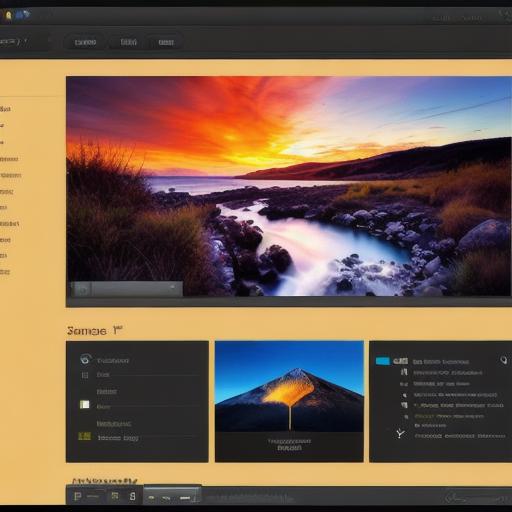Introduction
The internet has revolutionized the way we live and work, but it’s still not perfect. Slow loading times, limited scalability, and a lack of privacy are some of the challenges that have plagued web development for years. However, the advent of HTML5 and Web3 technology is promising to change all that. In this article, we will explore how these technologies can revolutionize web development and help us build faster, more secure, and more decentralized websites.
HTML5: The Next Generation of Website Building
HTML5 is the latest version of Hypertext Markup Language (HTML), which is used to create web pages. It’s an open standard that was developed by the World Wide Web Consortium (W3C) in response to the growing demand for more advanced and interactive websites. HTML5 offers a number of new features and improvements over its predecessors, including:
- Multimedia support: HTML5 includes native support for audio and video elements, which means that developers no longer need to rely on third-party plugins like Flash or QuickTime.
- Canvas: HTML5 includes the Canvas element, which allows developers to create dynamic graphics and animations directly in the browser.
- Semantics: HTML5 includes a number of new semantic elements that help developers structure their content more effectively and improve search engine optimization (SEO).
- Improved accessibility: HTML5 includes a number of new features that make it easier to create accessible websites, such as captions for videos and support for assistive technologies like screen readers.
Case Study: A Website Built with HTML5
One example of a website built with HTML5 is the BBC News website. The website was redesigned in 2012 using HTML5 and was able to achieve a significant improvement in loading times, which helped improve the user experience. The website also benefited from the improved accessibility features in HTML5, making it easier for users with disabilities to navigate and use.
Web3 Technology: Building Decentralized Applications
Web3 technology is a set of technologies that enable the creation of decentralized applications (dApps) on the blockchain. These applications are built on a peer-to-peer network, which means that they don’t rely on a central authority to function. This has a number of advantages over traditional centralized applications, including:
- Security: Decentralized applications are inherently more secure than centralized applications because there is no single point of failure. If one node in the network goes down or is compromised, the others can continue to function.
- Privacy: Decentralized applications can provide users with greater privacy by allowing them to control their own data and share it only with those who need it.
- Scalability: Decentralized applications can scale more easily than centralized applications because they don’t rely on a central server to handle requests. This allows them to handle large volumes of traffic without slowing down.
Case Study: A Decentralized Application Built with Web3 Technology
One example of a decentralized application built with Web3 technology is the cryptocurrency exchange, Coinbase. The company uses Ethereum, a popular blockchain platform, to power its dApp and allows users to buy, sell, and store cryptocurrencies in a secure and decentralized manner.
Conclusion

HTML5 and Web3 technology offer a number of advantages over traditional web development methods. They enable faster and more efficient website building, improve security and privacy, and make it easier to build decentralized applications. While there is still some work to be done in terms of improving the adoption and standardization of these technologies, they are already being used by a growing number of companies and developers. As the internet continues to evolve, we can expect to see more and more websites and applications built with HTML5 and Web3 technology.

FAQs
1. What is HTML5?
HTML5 is the latest version of Hypertext Markup Language (HTML), which is used to create web pages.
- What are some of the new features in HTML5?
Some of the new features in HTML5 include multimedia support, Canvas, semantics, and improved accessibility. - What is Web3 technology?
Web3 technology refers to a set of technologies that enable the creation of decentralized applications (dApps) on the blockchain.
